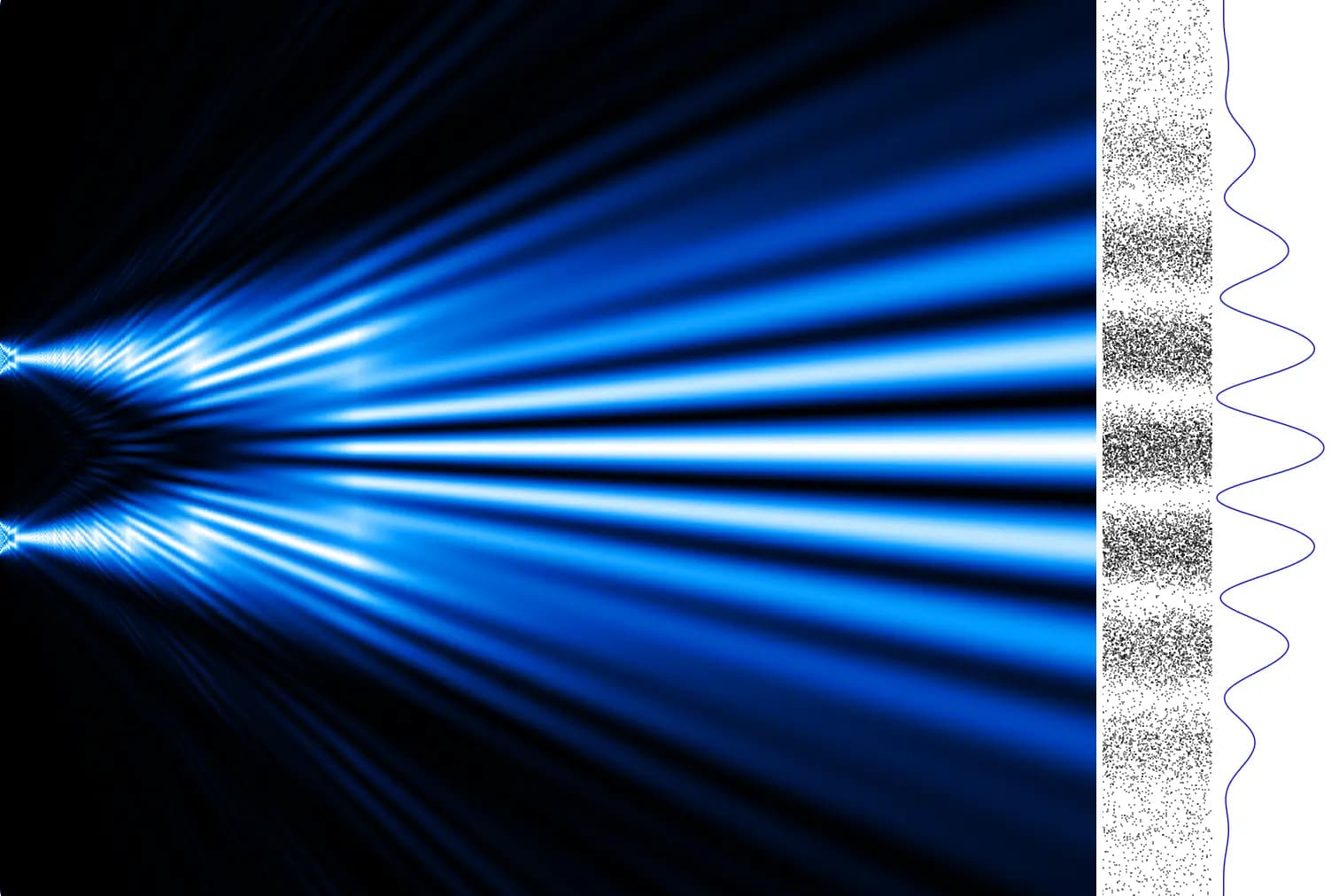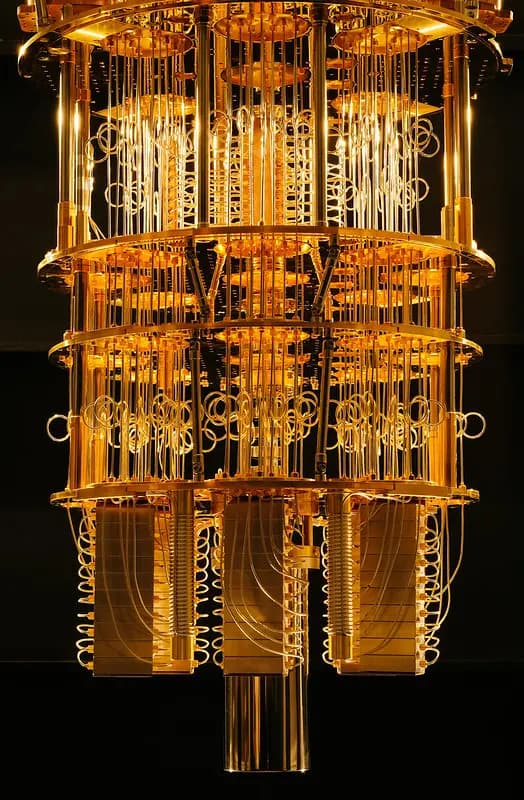Scientists have long suspected that the regions surrounding black holes are highly volatile, with superheated gas swirling at incredible speeds and temperatures. These swirling disks of gas can produce mysterious flares that rapidly brighten and fade, leaving astronomers puzzled. Now, a team of Caltech researchers has harnessed the power of artificial intelligence to unveil the three-dimensional structure of these flares, providing unprecedented insights into the dynamics around Sagittarius A* (Sgr A*), the supermassive black hole at the heart of the Milky Way.
The team utilized data from the Atacama Large Millimeter Array (ALMA) in Chile, captured shortly after an X-ray eruption near Sgr A* in April 2017. Using a novel AI technique known as neural radiance fields (NeRF), they reconstructed a 3D video showcasing two bright, compact features orbiting the black hole at a distance of roughly 75 million kilometers. While not a direct recording, this reconstruction offers a scientifically informed visualization of the flare, based on our current understanding of black hole physics.
Developing this 3D visualization presented a significant challenge, as Earth only provides a single viewpoint of the black hole. To overcome this limitation, the team leveraged their knowledge of how gas behaves around black holes. Similar to capturing a 3D image of a rotating object with multiple timed snapshots, the researchers utilized the predictable movement of gas to reconstruct the 3D scene from ALMA’s single-pixel data.
The ALMA data provided crucial information about the polarization of light emitted from the flare. Recent studies suggest that hot spots within the gas emit strongly polarized light, allowing the team to pinpoint the location of the emission in 3D space. By combining this polarization data with their knowledge of black hole physics, the team developed a new technique called Orbital Polarimetric Tomography. This technique utilizes a neural network to represent potential flare structures as continuous volumes, allowing the researchers to simulate the evolution of these structures over time and compare them to the ALMA observations.
The resulting 3D video reveals two compact bright regions moving clockwise around the black hole, aligning remarkably well with predictions from computer simulations of black hole flares. This achievement marks a significant step forward in understanding the complex dynamics surrounding black holes and highlights the powerful synergy between AI and astrophysics. The researchers hope that this technology can be applied to other astronomical data, shedding light on the mysteries of the universe.
For a deeper dive into this groundbreaking research, refer to the paper titled, “Orbital Polarimetric Tomography of a Flare Near the Sagittarius A* Supermassive Black Hole,” published as open access in Nature Astronomy.












Responses (0 )